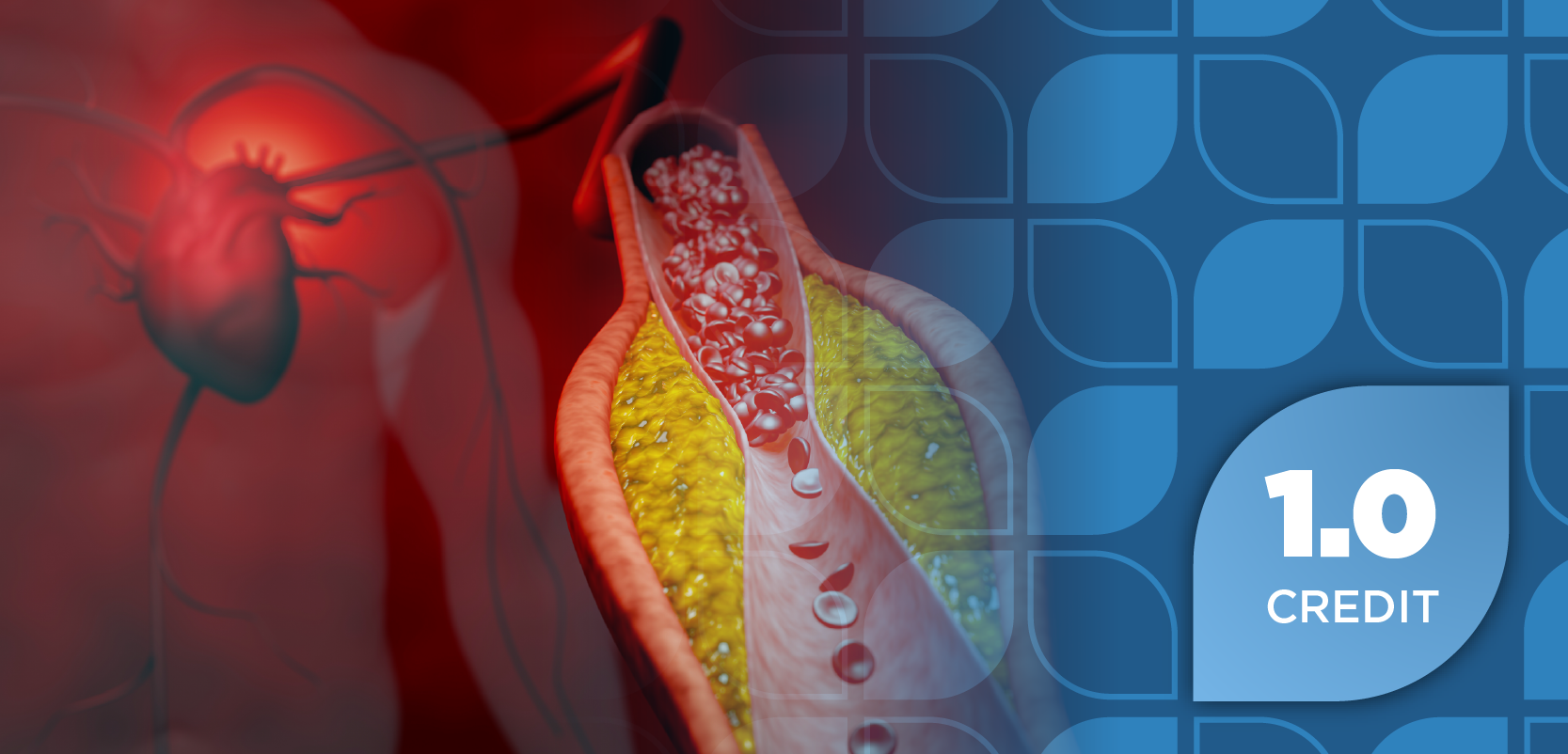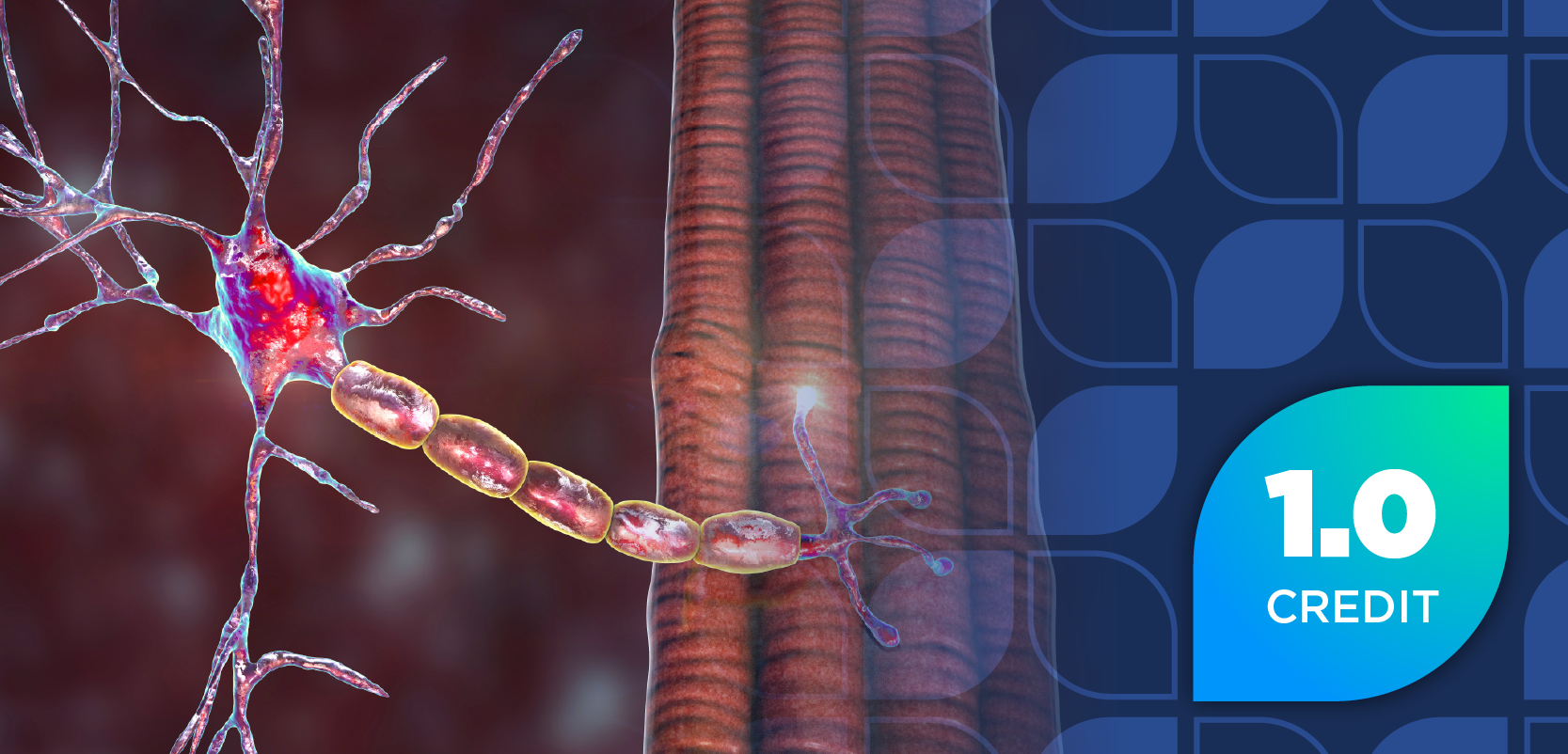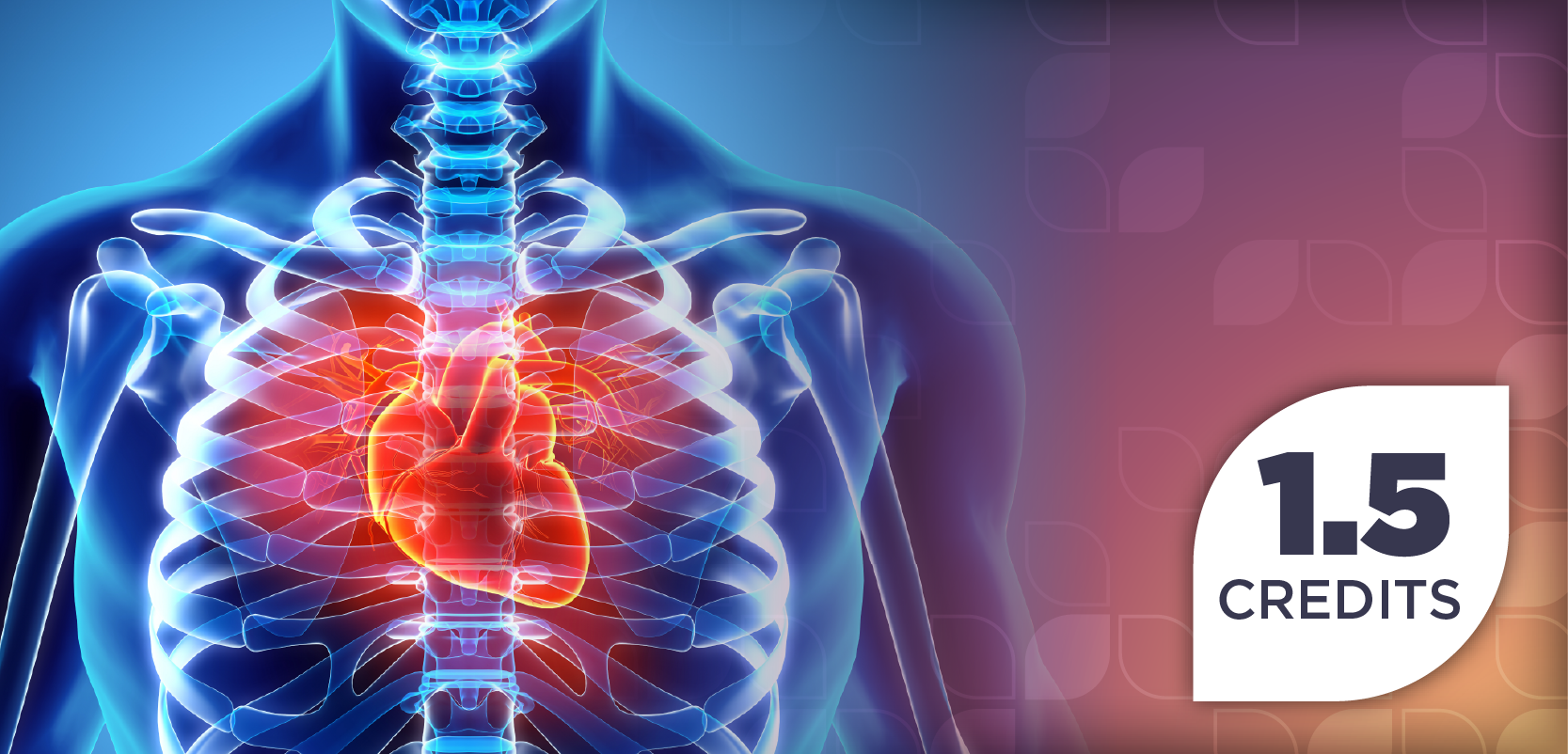
8 Innovations That Could Change Health Care
These innovations could mean big advances in the delivery of health care — and some may even become widely available during our lifetime.
Health care researchers around the world are finding ways to combine technology and science to improve lives, detect and treat disease, and even reverse the symptoms of aging. These innovations could mean big advances in the delivery of health care — and some may even become widely available during our lifetime.
As medical research professionals endeavor to continually improve upon today’s standards of care, here are 8 innovations that could change the health care landscape:
1.
.
When organs are harvested for transplantation, they can only be kept on ice for a short time. As a result, many organs end up being thrown away because they are no longer viable for transplantation. To combat these logistical challenges, researchers have developed a new technique in cryopreservation, or the process of freezing organs and body tissues.
To date, cryopreservation efforts have only worked on very small samples such as sperm or embryos. Using a new technique, scientists were able to preserve human and pig organ samples using a special solution and rewarm them using an external magnetic field — all without causing tissue damage. Studies show that 22 people die every day in the United States while waiting for organ transplants, and this new cryopreservation technique has the potential to lower this death rate and eliminate the ever-lengthening organ transplant waiting lists.
2.
.
Thanks to aging and acute stress, some of our cells become damaged over time. Although a process called apoptosis normally removes these cells from the body, some damaged cells are left behind—and the damaged cells that remain can accelerate the aging process. Scientists have found that FOXO4 -p53 interfering peptide can be used to combat the affects that these damaged cells have on the body. This peptide “restored fitness, fur density, and renal function” in mice and some mice even increased their distance runs by 200% to 300%.
3.
.
Researchers have created the first synthetic microparticle that mimics the growth and regenerative properties of a real stem cell — without the risk or immune rejection or tumor growth. These synthetic stem cells have been shown to withstand freezing and thawing cycles and have been able to promote growth and repair after myocardial infarction in a mouse model.
Although researchers initially focused on treating heart conditions, this microparticle could be used to treat conditions that affect other organs. Scientists predict that this synthetic stem cell rejuvenation will extend human life and health by helping people to avoid organ failure and other problems in healthy-but-aging organs.
4.
.
Engineers at Columbia University have developed microbots that can be implanted in the human body and controlled wirelessly using embedded magnetic iron particles. These microbots have been used to deliver a targeted dose of chemotherapy to mice with bone cancer, which reduced the growth of the tumor and the drug toxicity levels.
Going forward, these microbots could be employed to detect and treat disease and monitor the functioning of various body systems. They also could be used in catheters, pacemakers, biomedical sensors and drug delivery.
5.
.
A research team at Penn State University created a process to use human stem cells to generate epicardium cells that make up the outside layer of the human heart. Because the team already found a specific process to generate myocardium cells that are found in the middle of the heart, they developed a new method to activate a different signaling pathway to create epicardium cells.
As the research team continues to pursue its goal of regenerating an entire heart wall using stem cells, they open the door to a range of solutions to treat and prevent heart disease using specific types of cell transplants.
6.
.
Doctors in London used reengineered donor T-cells in conjunction with chemotherapy to cure 2 infants of leukemia. Using a gene editing method called TALENs, the team made genetic changes to the cells to prevent them from attacking the infants’ healthy cells and instead, to attack cancer cells.
In addition to helping 2 infants beat cancer, this represents a significant milestone in gene editing: Preventing donor cells from attacking the healthy cells of the recipient. This success represents a significant achievement for immunotherapy, treatment of bloodborne cancers and gene editing in general.
7.
Stanford researchers used artificial intelligence (AI) to develop an algorithm that diagnoses potential cases of skin cancer as well as human dermatologists. Using a set of more than 130,000 images showing more than 2,000 skin diseases to train the system, the AI performed as well as 21 dermatologists when classifying 370 images as different types of skin cancer. As medical AI technology continues to develop, point-of-care and smartphone devices could be used to make initial diagnoses remotely and expand access to low-cost health care.
8.
.
Customized, patient-specific 3D models of various body structures help surgeons plan complex operations and can be used as a guide in the operating room. A Polish medical student created a 3D model of a patient’s liver using a CT scan and a low-cost fused deposition model (FDM) printing technique. The model included blood vessels and tumors and was constructed in 72 hours for less than $150. As the capabilities of 3D printing increase and the costs go down, using personalized models to diagnose patients, provide education and plan surgical procedures may become the new standard of care.
Although many of these innovations have not yet reached the mainstream health care marketplace, they represent exciting possibilities for preventing, diagnosing and treating disease. As scientists continue developing the technology and extending the applications of many of these innovations, we will begin to see them make their way into hospital operating rooms, doctor’s offices and even our smartphones.
Newsletter
Stay informed on drug updates, treatment guidelines, and pharmacy practice trends—subscribe to Pharmacy Times for weekly clinical insights.























































































































































































































